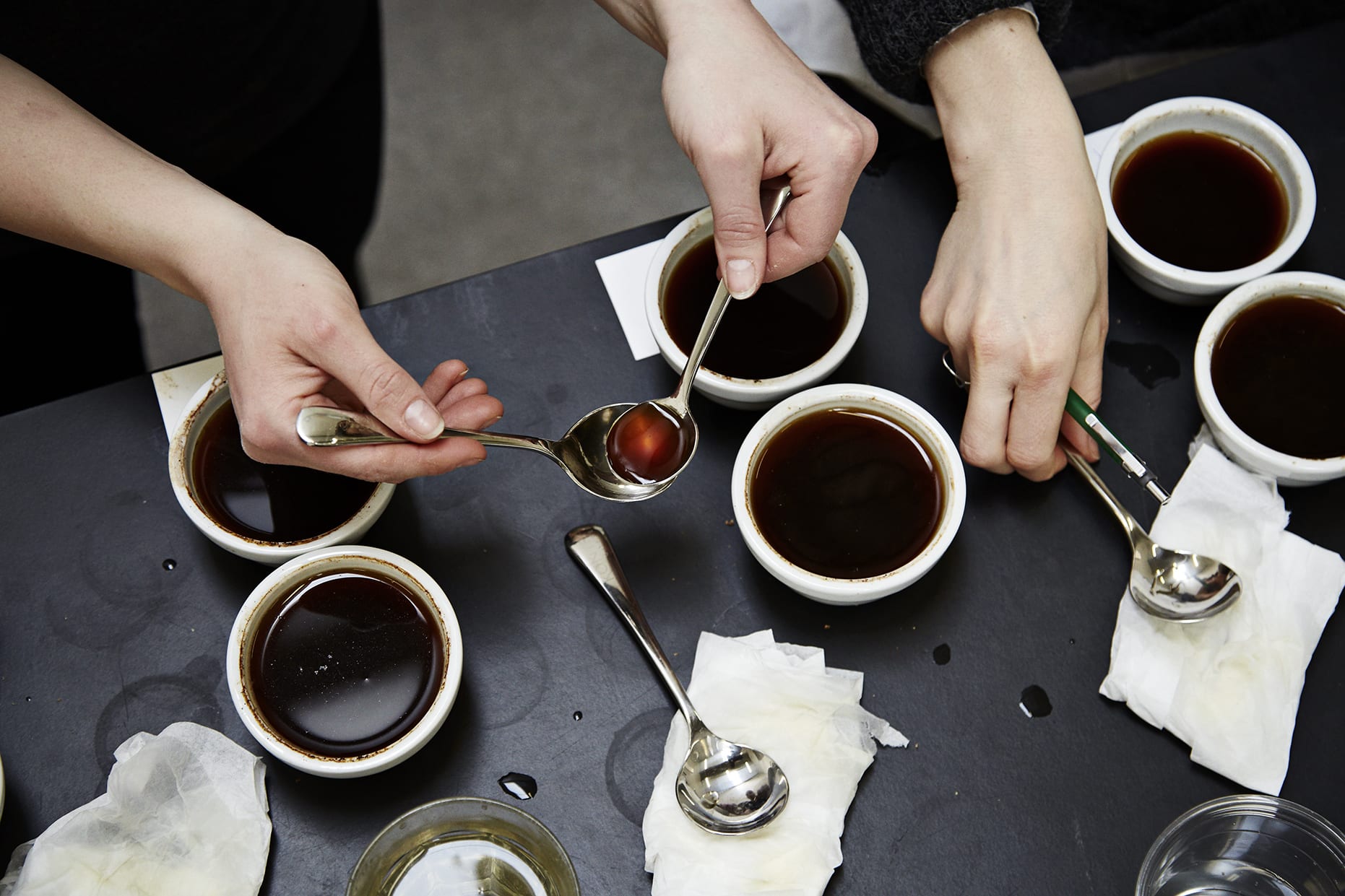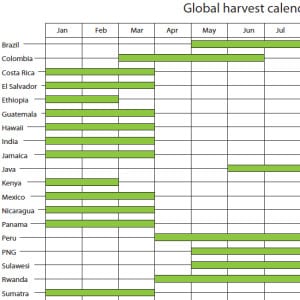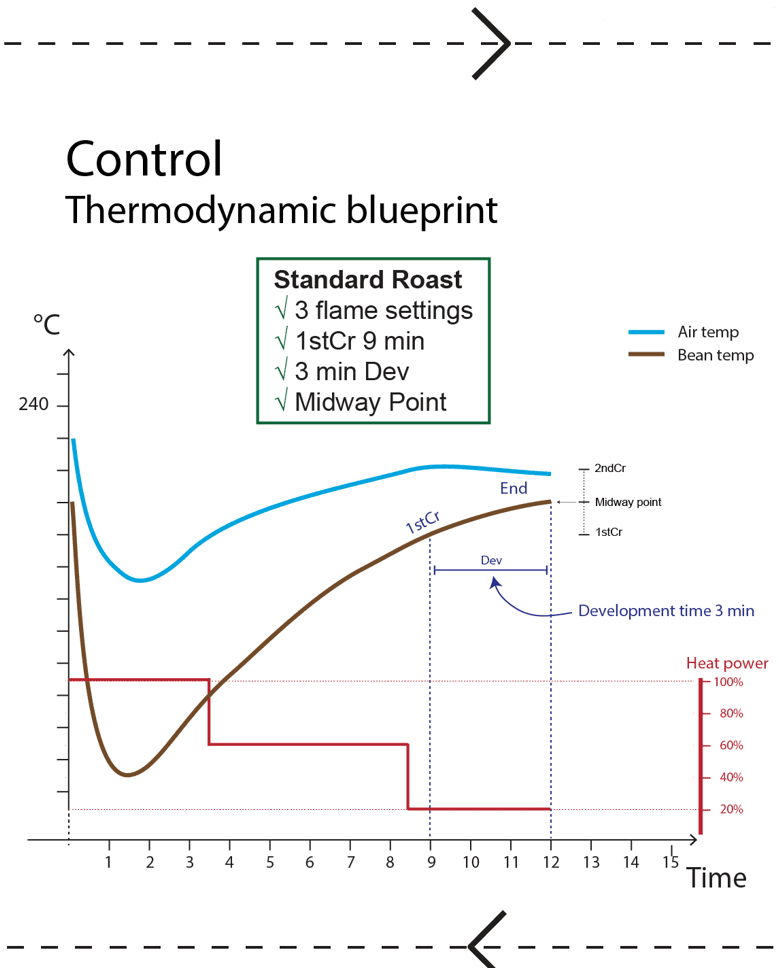What defines high quality in coffee? It is perhaps not as simple to answer as we initially might think. So what is it, and how can we deliver high quality to our customers?
Quality is an abstract concept that is commonly used in industries. A ‘high quality product’ has positive connotations like superior, refined or ideal in terms of product specifications. High quality is however highly dependent on the person using the product, that is, high quality only exists in the context of a particular consumer. Let’s have a look at how we can think of quality in broader terms.
Traditional quality control
Traditionally, quality is a parameter that needs to be reached to satisfy the consumer. Product quality can be defined in several ways, but often rely on expert tasters or judges to evaluate whether a product has any type of production defect or whether it fits a set of pre-defined specifications.
Specifications or characteristics of a high-quality product need to be well defined before a judge can search for it when tasting the product. We can understand it as the objective ‘target’ that we need to hit. Without a target, we will not hit anything, and the verdict will be based on personal preference of the judge.
After setting a target, we need to set certain tolerance limits, i.e. the variation that we are willing to accept in the production. This decision determines how different the product can be from the gold standard, and still be acceptable to the consumer.
… But how do we set specifications of quality or tolerance limits?
How can we recognize good or bad quality in production and set appropriate targets? We need to understand that quality does not exist on its own, but only in the context of the consumer. A good quality product is one that achieves certain characteristics desired by the consumer, leading to higher overall satisfaction with the product. This means that we need to understand our consumers before we can set a target and tolerance limits for our products.
Management decisions or consumer studies (preferably) are needed to identify the optimal product. Once this is set, several methods are available to investigate whether future products in the production live up to the same quality standard. Common for all methods is the need to specify the characteristics, and thoroughly train the judges on identifying markers of poor or good quality.
What if my consumers do not have the right understanding of what quality is?
This is a perception that we often meet in the specialty coffee industry. Consumer opinion is not considered interesting, since we as coffee professionals ‘naturally know what is best’. Some coffee shops may be able to have a sustainable business, where the quality-definition of the owners is attractive to a sufficiently big group of consumers to sustain the business. An example of this is a shop exclusively serving extremely light roasts. There are certainly consumers that value and appreciate this product, but an even larger group of consumers that do not. In that way, not considering consumer perception of quality is a gamble. Perhaps you will have customers that share your perception of quality, or perhaps you will not.
A different approach is to ask yourself who you want to sell your coffee to, what is the quality perception in this group of consumers, and is this group big enough for a realistic business model? Answering these questions might help you to define what ‘good quality’ of your product is, and to develop systems to ensure that you consistently deliver the same high quality to your customer.
What about cupping score?
There is a specific protocol for assigning a quality score to a coffee, which is widely used in the specialty coffee industry. It is used to identify excellent products through a series of complicated evaluations which will be discussed in the next blog post. Until then, ask yourself this: Is cupping scores in specialty coffee a good reflection of consumer preferences?
What is high quality to you? Please leave your comments and reflections below!
TL:DR
- Quality is usually described by absence of particular defects or other characteristics.
- Quality control is only possible if we have a clear understanding of what good quality is.
- Quality perception is dependent on the consumer segment.
- Consumer preferences are likely to differ from your own.
References
Lawless, H. T., & Heymann, H. (2013). Sensory evaluation of food: principles and practices. Springer Science & Business Media.



